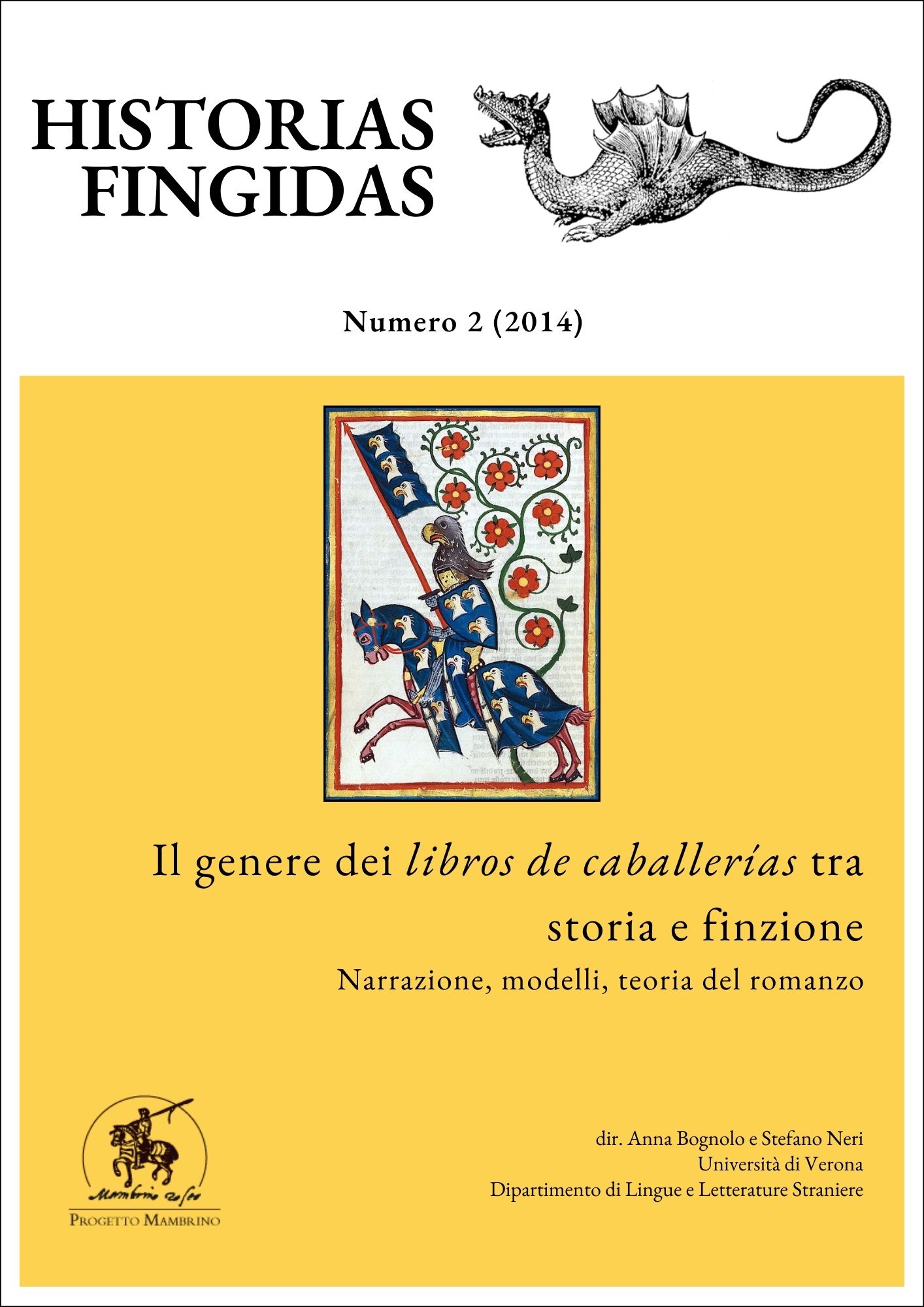Chivalry in the New World
DOI:
https://doi.org/10.13136/2284-2667/22Keywords:
Chivalry, fiction, history, social history, New World, Amadis, reception, chapbooks, romance of chivalry, pliegos de cordel, História de Carlos Magno, Grande Sertão, Contestado uprising,Abstract
The romances of chivalry of the Middle Ages are still living in the popular literature of Latin America. After spreading in Renaissance Europe, the Spanish chivalric romance came to America, first in the territories conquered by the Spaniards, later in Brazil. Here, thanks to precise cultural conditions, its branches extend until the nineteenth century, when it also inspired popular rebellions, and reach Guimarães Rosa's novel and its contemporary cinema adaptations. We publish here a new, open access edition of this suggestive essay by Peter Burke, originally published as Chapter 9 of his Varieties of Cultural History, Ithaca, N.Y., Cornell University Press, 1997, pp. 136-146.
Il romanzo cavalleresco del medioevo vive ancora nella letteratura popolare dell’America latina. Dopo la diffusione cinquecentesca in Europa, il romanzo cavalleresco di matrice spagnola giunse in America, dapprima nei territori conquistati dagli spagnoli, più tardi in Brasile. Qui, grazie a precise condizioni culturali, le sue propaggini arrivano fino al XIX secolo, quando ispira anche rivolte popolari, e si estendono fino al romanzo di Guimarães Rosa e alle sue trasposizioni cinematografiche contemporanee. Proponiamo una nuova edizione open access di questo suggestivo saggio di Peter Burke, originariamente pubblicato come cap. 9 del suo Varieties of Cultural History, Ithaca, N.Y., Cornell University Press, 1997, pp. 136-146.
Downloads
Published
Issue
Section
License

This work is licensed under a Creative Commons Attribution-NonCommercial 4.0 International License.
Authors must attend to the following conditions:- Authors will mantain the copyright of their work and leave to the journal first publishing rights, simultaneously licensed by a Creative Common License - Attribution - No Commercial Use that permits other researchers to share the work indicating the intellectual property of the author and the first publishing in this journal not for commercial use.
- Authors can adhere to other license agreements not exclusive to the distribution of the published version of their work (for example: include it in an institutional archive or publish it in a monografic book), with the agreement of indicating that the first publishing belongs to this journal.
- Authors can disseminate their work (for example in institutional repositories or their personal website) before and during the submission procedure, as it can lead to advantageous exchanges and citations of the work (see also, The Effect of Open Access).

